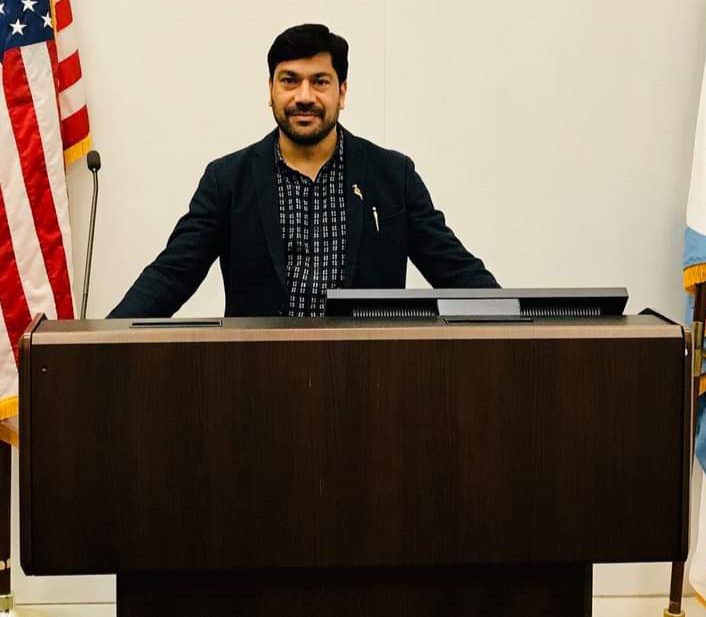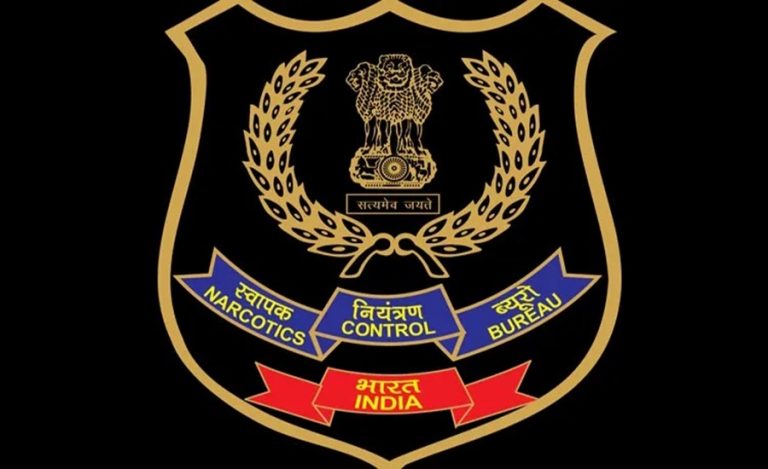World Tiger Day passed quite recently, but saving tigers and maintaining tiger reserves is not a one day’s job. A whole lot of people work for every single day, round the year, and it is because of their combined effort and dedication that we have managed to preserve this magnificent big cat.
India is home to 70% of global tiger population, and in the past decade all the tiger reserve in this country have seen significant amount of increase in the population of the striped animal. In this success story, Corbett National Park in Uttarakhand has played a significant role. It is oldest National Park of India, established in 1936, and Project Tiger actually took off from here.

During a conversation with Indian Masterminds, Dr. Saket Badola, who has served as the Deputy Director of Corbett during 2012-16, talked about his experiences and the department initiative to save the tigers.
TRACKING THE TIGERS
Illegal trade in wildlife and poaching of animals have always been one of the biggest hurdles in the way for conserving our wild species.. For better surveillance of wildlife, especially the tiger, various types of technologies have been introduced. M-STrIPES and e-Eye surveillance system are one of them. M-STrIPES is a GPS enabled system used to collect data related to tiger sighting, death etc. whereas e-Eye is kind of high-quality CCTV camera. Corbett Park was among the first reserves to launch both the technologies.
M-SRiPES and e-Eye camera were installed in the park with the support of National Tiger Conservation Authority. Talking about it, the 2008 batch officer from Uttarakhand said, “Corbett Park has a sizeable amount of tiger population. It works as a source population for tigers in the region. Some tigers from Corbett goes to Rajaji or Ramnagar forest division. This national park is surrounded by villages on all four sides; in particular, the southern sides is very vulnerable and sensitive. It connects with UP through Amangarh and has been used by poachers to enter the tiger reserve. To control the poachers we installed e-eye camera on six towers in the southern side of the park”.

The e-Eye is a software-based system enabled by high resolution thermal and infrared cameras with night vision capacity. The whole system was connected through internet and a control room was also established to monitor those cameras. Dr.Badola says, “The best part was that officers with permission could track those camera from anywhere. This helped a lot in limiting the poachers. Corbett was the first park where these were installed followed by Kaziranga (Assam) and Ratpani (MP). Slowly, other national parks also started using it as well”.
MAN-ANIMAL CONFLICT IS THE BIGGEST CHALLENGE
When asked about the biggest challenge in conservation nowadays, he said, “Earlier there were only 9 tiger reserves in the country, while now their number have reached to 51. The human population is growing at a fast pace and at the same time the wildlife too is increasing in many forests. It’s a good sign but it also increases the cases for man-animal conflict. In my view, this is the biggest challenge for conservation”.

Dr Badola also mentioned that the only way to tackle these conflicts was to protect the tiger reserve as well as the corridors used by the animal to go to other forest. Most of conflicts happen in the villages which comes in between these corridors. The officer also highlighted that the forest department should improve their proficiency in handling the conflicts which includes tranquilization of the animal and releasing them in wild. Apart from it, people should also be trained in handling situations when they confront any wild animal.
Currently posted as the Head of TRAFFIC under World Wide Fund for Nature (India), Dr. Badola is committed to stopping illegal trade in wildlife.


















